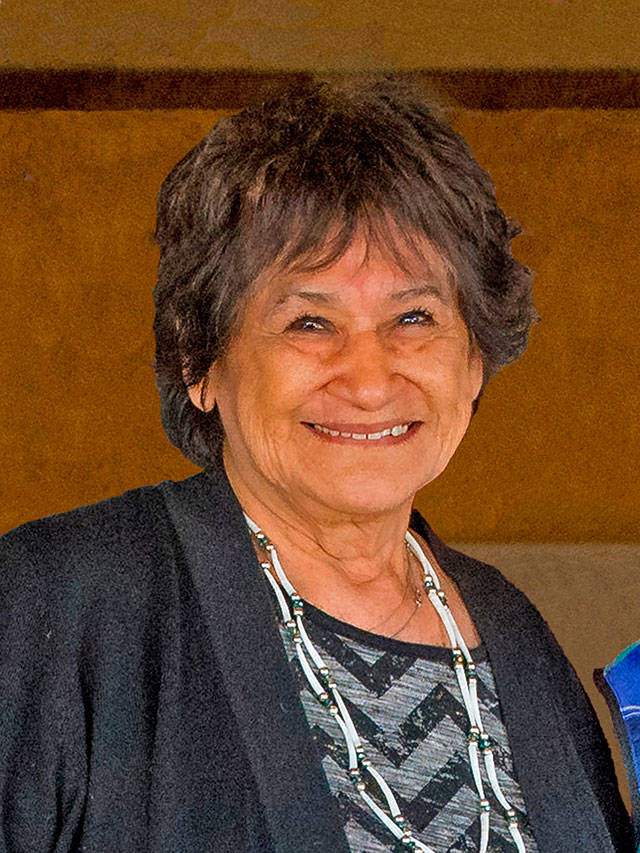I wish there were better news in our 2020 State of Our Watersheds Report that will be released later this month, but at best we are treading water on a few indicators of the overall health of our region’s environment, while losing ground on most others.
This update of our 2016 report provides a watershed-by-watershed look at actual conditions resulting from our land and water use choices. It documents environmental conditions and tracks trends to show the need for urgent action to protect our region’s watersheds and their habitats.
The aim of the State of Our Watersheds Report is to maintain an assessment of the health of our watersheds and to gauge progress toward salmon and ecosystem recovery.
Each chapter focuses on impacts that habitat loss and degradation have on salmon populations in relation to our tribal communities, economies and treaty-reserved rights. A wide range of science and data are used to document salmon and shellfish habitat trends and our efforts to resolve the most pressing problems created by population growth, polluted stormwater runoff, climate change and other factors.
Among the findings:
Shoreline armoring continues to threaten salmon and forage fish spawning and rearing habitat throughout Puget Sound. Of the total 2,460 miles of shoreline within Puget Sound, 715 miles – about one-third – is armored with bulkheads and other structures. Between 2015-2018, there was a net reduction of about 1 mile of armoring. This small gain is a positive sign, but we must increase it and restore the damage caused by past shoreline armoring practices.
We remain concerned that the state of Washington is not providing adequate funding for removal of fish-blocking culverts under state roads as required by a 2018 U.S. Supreme Court ruling. The court upheld tribal treaty-reserved fishing rights in a ruling requiring the state to correct 450 of its 800 most significant salmon-blocking culverts by 2030.
Current budget projections make it unlikely the state will meet the court’s mandate. Every year that the state Legislature delays adequate funding for barrier culvert removal creates larger problems for future legislative efforts as costs rise and deadlines loom.
Despite the knowledge that surface water and groundwater are connected, more than 67,000 wells have been drilled in our region since 1980, and almost 6,000 of them between 2015-2019. The increase in wells threatens groundwater supplies affecting instream flows and overall ecosystem health across the region.
The amount of impervious surfaces like parking lots and roads has increased along with polluted stormwater runoff. Meanwhile, forest cover has continued to disappear, which increases water temperatures that can kill salmon.
While the report’s findings remain grim, there is still cause for hope.
At the urging of tribes, Gov. Jay Inslee in late 2019 directed his state natural resources agencies to develop uniform, science-based management for riparian (streamside) habitat. Tribal and state natural resources managers are meeting now to develop a joint workplan for the effort.
Riparian habitat is among the most important to salmon in all life stages. Shade from trees and other vegetation helps keep water temperatures low. Streamside vegetation also slows erosion to prevent eggs from being smothered. When trees fall into a stream, they help create gravel spawning beds and pools where salmon can rest.
It’s clear that the only way we are going to recover salmon is by restoring and protecting their habitat.
Only properly functioning habitat can provide the natural salmon production we need for recovery. Unfortunately, we continue to lose that habitat faster than we can restore and protect it.
That has to change, and Gov. Inslee’s cooperative approach can help us do that.
Lorraine Loomis is chair of the Northwest Indian Fisheries Commission.



